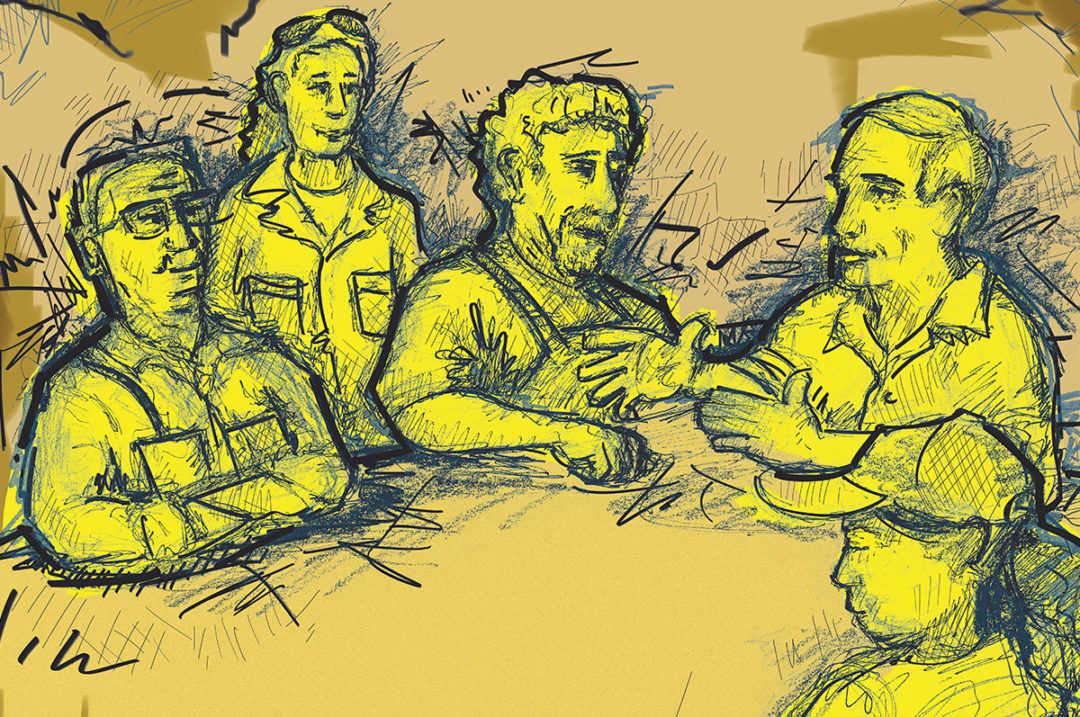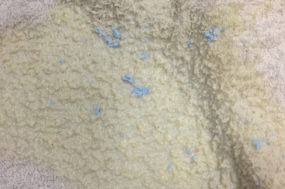Lameness can be challenging to address on dairy farms due to the many factors involved – from the environment to management to cow-specific factors. When thinking about preventing and treating lameness in a dairy herd, we typically focus on key management areas, such as footbaths, hoof trimming, cow comfort, cleanliness, time away from pens and much more.
Due to the significant negative impact on cow welfare and the complexity of the issue, multiple farm advisers are often involved in lameness management. Research and practice prove that early detection and effective intervention are key to tackling lameness, which often requires the help of trusted advisers, such as hoof trimmers, veterinarians and nutritionists. The challenge is farmers often work with these advisers independently. What if we brought key farm advisers together with the farmer to collaboratively take action?
A recent study led by Dr. Gerard Cramer and myself at the University of Minnesota looked at developing lameness management teams to explore whether increased communication and collaboration between farmers and advisers improved lameness management on farms. The study brought together veterinarians, hoof trimmers and nutritionists to plan and execute lameness management team meetings. With the support of the researchers, the adviser participants recruited farmers with which they already had relationships to hold a lameness management team meeting on their farm.
In total, 10 lameness team meetings were held at 10 different farms. The team meetings were unique to each farm and were composed of farm personnel and the farm's advisers. Attendees at the meetings included the hoof trimmer, veterinarian, nutritionist, farmer, herdsperson, on-farm hoof trimmer and heifer raiser, as relevant. Meetings took place at the farms; agendas included a review of the farm lesion data, farm walk-throughs, discussion of problems, group problem solving and goal setting. The teams also wrote specific action plans for the farms. Following the lameness team meetings, the participating advisers gave feedback on the process and how they felt the meetings had gone.
Farm advisers generally liked the process of planning and holding the lameness management team meetings. They reported the meetings generated good discussion and led to a better understanding of the problem and creative, farm-specific solutions. For example, in one meeting, the farmer and advisers discussed changing the design of the footbath; the farmer, hoof trimmer and veterinarian looked at the footbath and together figured out what option would work best in this particular facility. Advisers thought the farmers saw value in having the meetings and they served to reiterate the importance of lameness management and motivate farmers to make changes.
The meetings were also appreciated as a way for advisers who do not normally interact together to sit down and talk to one another about what they were seeing on the farm. Hoof trimmers and veterinarians are rarely on farms at the same time, and when they are, it can be difficult to stop to chat. Advisers thought it was useful to have a designated time to meet and discuss what was being noticed on the herd.
The project also served to remind advisers of the value of teamwork and to highlight that other farm advisers can be a resource for them. Farm advisers who had previously been unlikely to reach out to another adviser expressed that in the future they would not hesitate to reach out, as they now saw other advisers are willing to help and share their experiences.
Participants shared predominantly positive views toward the project and voiced appreciation for the opportunity to connect with other advisers, though bringing people together was not without its challenges. Some participants questioned other participants’ skills and knowledge related to lameness management. Advisers have unique roles on the farm and their experience with lameness will vary. There is room for all advisers to contribute, whether with a strong knowledge of hoof anatomy or being able to make connections with other farms that have tackled the same issue.
Advisers talked about the difficulty in holding meetings with all farm advisers present, as it needs to make economic sense. It can also be hard to find the time, as everyone in the meetings is busy. It may be possible to overcome this barrier by talking on the phone rather than having a big, in-person meeting.
Advisers in the project recommended that if you are having a team meeting, it is key to have a clear plan going in; be prepared with hoof lesion data, locomotion scoring data, trimming schedule information, etc. It is important to use the time effectively and get on the same page. Going over the current hoof health information can help do this.
Farmers should consider how they are using their advisory team when it comes to lameness. If farms do not currently have a way to monitor lameness, this is an excellent opportunity to use farm advisers to collaboratively develop a monitoring program. Relevant farm information can be shared with advisers. For example, veterinarian herd reports can be shared with the hoof trimmer and hoof trimming reports can be shared with the veterinarian.
Farms should consider holding lameness team meetings if they are having challenges with lameness. We know it is valuable for farm advisers to talk to one another, and farmers can encourage their veterinarian to call their hoof trimmer, for example. Encouraging communication among advisers can get everyone on the same page regarding lameness management goals.
Bringing together a dynamic team of farmers, veterinarians, hoof trimmers and other advisers to work together can be invaluable to providing early and effective lameness treatments and implementing prevention strategies.
References omitted but are available upon request by sending an email to the editor.








